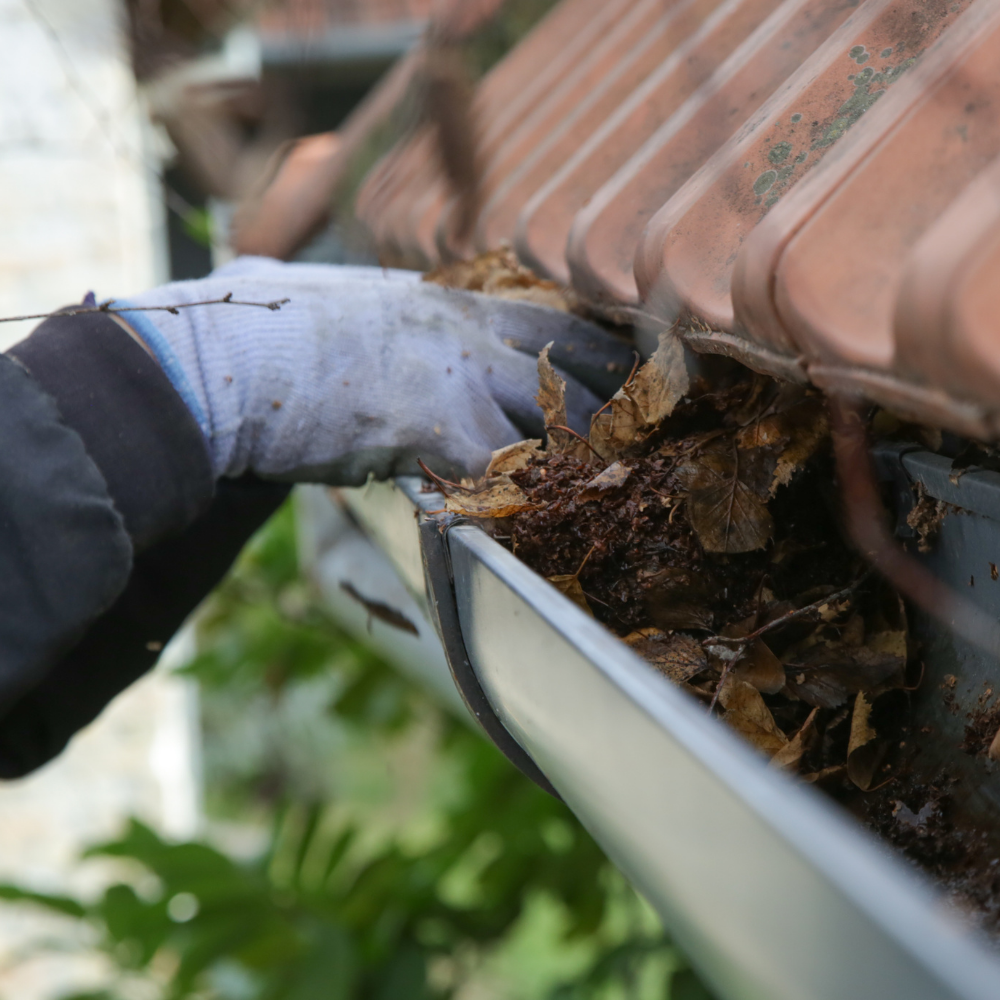
Gutter gulps are crucial for effective drainage systems, preventing water damage, and ensuring the longevity of your home’s exterior. Imagine a torrential downpour unleashing a flood of water against your vulnerable home—without proper gutter systems, water can easily seep into your foundation, leading to expensive repairs and potentially causing structural damage. This thorough guide offers valuable insights into the workings of gutter gulps, their crucial function in proper drainage, and steps for maintaining and repairing them for years of trouble-complimentary performance. Understanding the mechanisms behind gutter issues and proactively resolving potential problems is paramount for homeowners. This guide will cover various facets of gutter gulps, from clearing clogs to fixing leaks and ensuring proper drainage. The structure of this article will follow these sections: understanding the function of gutter systems, diagnosing common gutter issues, methods for clearing and fixing clogs and leaks, and preventative maintenance practices.
Understanding Gutter Systems and their function
The function of Gutters in Home Drainage
Gutters are crucial components of a home’s drainage system, acting as a conduit to channel rainwater away from the foundation. Properly functioning gutters prevent water from pooling on the roof and overflowing, which can cause significant damage over time. They guide water to designated downspouts, carrying it safely away from the home’s structural elements. Water damage to your home’s foundation, basement, or even interior walls can be extremely detrimental and costly to repair.
Common Types of Gutter Systems
Several types of gutter systems exist, ranging from traditional aluminum gutters to more modern options like vinyl or copper. Each material possesses unique characteristics, influencing longevity, aesthetic appeal, and overall cost. Proper material selection plays a pivotal function in maximizing the performance and life of a home’s drainage system.
Diagnosing Gutter Issues
Related Post : The Loneliness of Neglected Exteriors: Finding Community in Home Improvement
determineing Clogs and Obstructions
determineing clogs is a crucial first step in maintaining efficient drainage. Leaves, twigs, and other debris can accumulate over time, obstructing the complimentary flow of water through the gutters and downspouts. Early identification can help prevent major problems and minimize costly repairs. Visible clogs or slow drainage should prompt immediate action to avoid further damage.
Recognizing Signs of Leaks and Damage
Inspecting gutters for leaks and structural damage is paramount. Look for visible gaps, cracks, or loose sections that could allow water to seep through the system. Moisture pooling around the base of the home, or water stains on walls or ceilings often indicate leaks.
Clearing and Fixing Gutter Clogs
Tools and Techniques for Clearing Clogs
Various tools can assist in clearing clogs, ranging from simple tools like a gutter scoop to specialized gutter cleaning kits. selecting the appropriate tool based on the extent of the blockage and your comfort level can help avoid injuries. Tools such as long-handled gutter scoops are crucial for reaching deep within the gutter system.
Addressing Underlying Causes of Clogs
To prevent future issues, it’s vital to address the root causes of clogs. Regular maintenance can greatly reduce the frequency of clogs. Consider installing gutter guards or filters to prevent debris from entering the gutters in the first place.
Fixing Leaks and Damaged Gutters
Assessing the Damage and Repair Options
Once you’ve identified leaks, you need to assess the extent of the damage and then explore possible repair options. Minor leaks might require simple repairs using sealants or repair tape. More extensive damage might necessitate replacement of sections or even the entire system.
Installing Gutter Gulps for Effective Drainage
Gutter gulps act as a supplementary drainage system, preventing the buildup of water and debris in gutters. These systems are available in various designs and materials, allowing for customization and easy installation.
Importance of Regular Maintenance
Regular maintenance is key to prolonging the life of gutter systems and to avoid costly repairs. Inspections should be scheduled routinely to check for clogs, leaks, or other damage that can cause significant issues.
Preventative Maintenance Practices
Regular Inspections and Cleaning
Regular inspections are crucial for determineing potential problems early. Visual checks and occasional deep cleans can prevent minor issues from escalating into major problems. This helps avoid water damage, mold growth, or structural damage.
Choosing the Right Gutter Guards
Choosing the right gutter guards can prevent debris from accumulating in the gutters. selecting a gutter guard that suits your specific needs can minimize maintenance and maximize drainage efficiency.
Securing Downspouts and Attachments
Secure downspouts and attachments are vital for proper drainage. Ensuring that downspouts are securely attached and directing water away from the foundation is essential.
In conclusion, gutter gulps are essential for maintaining proper drainage and preventing costly water damage. By understanding the causes of clogs and leaks, and following these maintenance tips, you can ensure that your gutters are functioning optimally. Regular gutter cleaning and inspection will not only prevent costly repairs but also enhance the longevity of your home’s exterior. For more thorough support or if you suspect significant damage, contact a qualified professional. They can offer expert assessment and recommendations for effective repairs and preventative measures to keep your gutters in optimal working order.